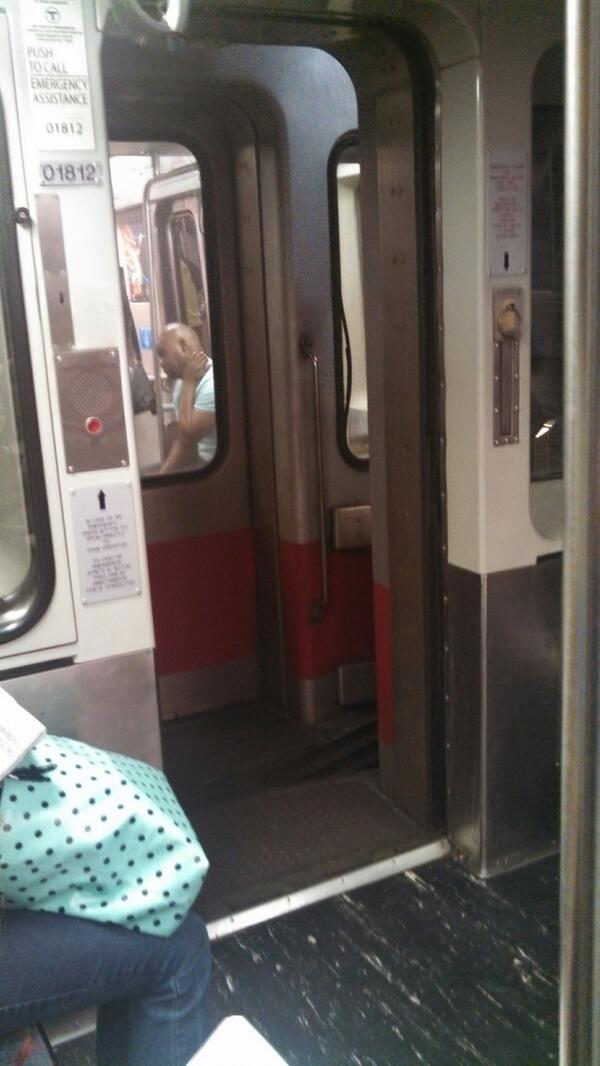3rdrail wrote:Personally, what I would like to see is to rid this mindset of "building the futuristic car" with millions of overly designed parts. There is no reason why a new order of any proven design can't be re-done again using parts that are proven, both on the road and in the shops where they are familiar to the men that work on them. The Checker Marathon comes to mind. Over a period of many years, this car got cranked out just like it got cranked out for many years before. Cab companies loved them because they were simple tanks, easy to field repair and get up and running on the odd time that they went down. Not only would a process like this be great for a transit company, but it would be great to see an American rapid transit and surface builder build up a solid reputation and establish itself once again (J.G. Brill style).
Paul, I can't agree with you more. The original 1911 Standard Steel cars had a 50% survival rate when the reached their 45th birthday. The 01500-01600 cars will reach that age in a year, with a better than 90% survival rate. Save for one wrecked car and its mate, and a couple recently retired, these cars run as well as the day they were delivered. Most of the on-road delays involving these cars are due to the signal system, and not the cars themselves. The 01700s were built as virtual duplicates of the 01500s, and although the mechanicals are getting a much needed overhaul, they look just as good when freshly painted as the day they were delivered.
The 01800s are in another class, as were the 01400s, but they are also holding up well. As I pointed out before, door failures happen, and are properly dealt with on almost every occasion, and the car involved was back on the road the next day, probably with the offending door properly cut out. There is no problem with this, having the car on the road with as many as 8 out for overhaul is more important than fixing the door immediately. The crew at Cabot is busy overhauling 01700s and fixing 'real' breakdowns which take cars out of service.When the 01700s are done, there will be some ability to play 'catch-up'.
The MBTA is taking enough of a beating, since out elected representatives don't want the (T) to get better. They want it to stay the same, no matter how that doesn't serve the public. Despite the latest huge fare increase, the ridership continues to increase. The problem is that the MBTA has no way to meet that increase. It cannot increase service without spending millions on some capital project. Putting a spare bus into service cannot be done since that requires an increase in operating expense - not allowed. Meanwhile, capital projects accrue debt, which increases operating expense, in addition to the project's operating cost. The riders and taxpayers pay twice - if not more!
Gerry. STM/BSRA
The next stop is Washington. Change for Forest Hills Trains on the Winter St. Platform, and Everett Trains on the Summer St. Platform. This is an Ashmont train, change for Braintree at Columbia.
